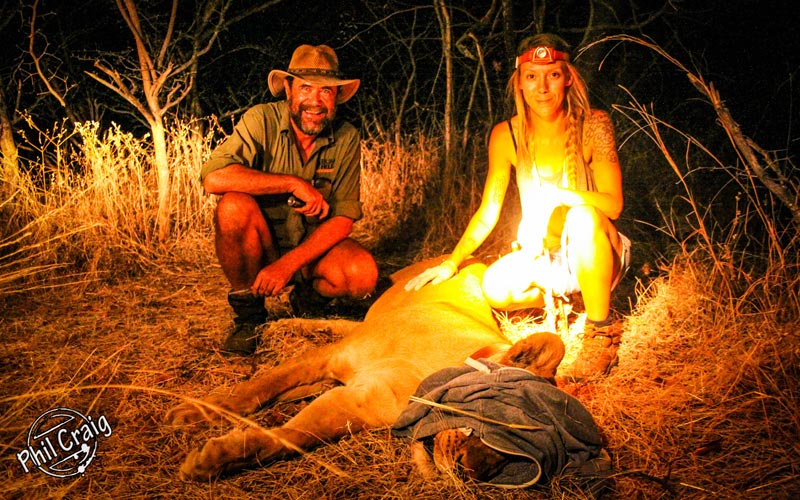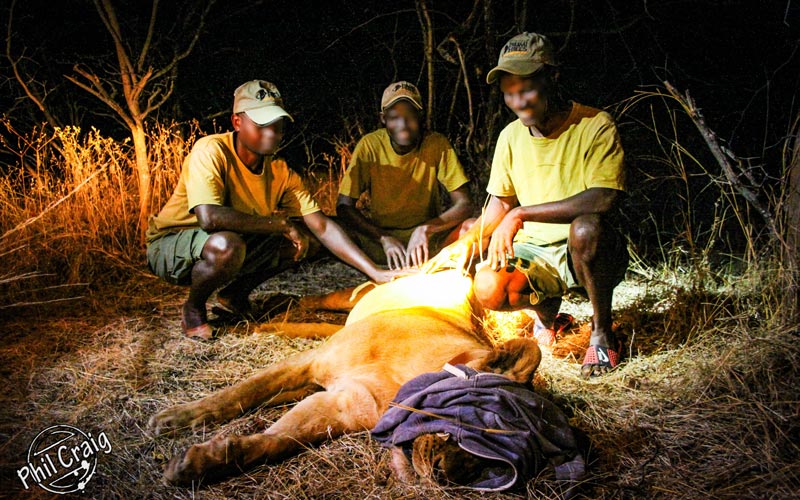Reducing Conflict by Collaring
In collaboration with the Matusadona Lion Project
Founded in 2014, the Matusadona Lion Project is a conservation research initiative aimed at improving the conservation prospects of the Matusadona Lion Conservation Unit and contiguous areas.
The project aims to retain, and where necessary restore, connectivity between Matusadona NP and other important lion sub populations, to ensure the long-term viability of the larger Sebungwe and Mid-Zambezi meta-population.

All 4 residents prides in the valley floor of Matusadona NP are covered by our cohort of 3 larger than life males - the Jenje Boys. "Toulouse" is the largest of the 3, and the biggest poser... Unsustainable trophy hunting offtake in contiguous areas has impeded this population but we are utilising our detailed demographic data set, gathered over the last 3 years, to help improve management polices for the area.

Matusadona NP once held Africa's second highest density of lions. This population has fallen from c.100 animals to 31 in just 20 years. Habitat loss, prey depletion, conflict and more threaten this population with genetic isolation and regional extinction.
Through collaboration with other stakeholders the MLP seeks to promote human-lion coexistence across this human-dominated landscape and utilise its scientifically sound data to help guide relevant management plans and policies for the betterment of wildlife and associated communities.
The project recently collared its first study animal in collaboration with the BHF. An adult lioness of the resident ‘Bumi Hills pride’, and known livestock killer, was fitted with a satellite GPS collar as part of concerted efforts to mitigate human-lion conflict in the adjoining communal areas of Bumi Hills.




Conservation Manager, Mark Brightman, and the BHF scouts assisted the MLP with the collaring exercise and will help to monitor her movements going forward. The scouts, after a close encounter with lioness F201, were asked to give her a more informal name and chose ‘Luyaando’, meaning “love” in the native Tonga language.

When we collar our study animals it's important to take photos of tooth wear, nose pigmentation and whisker spot patterns.

These all go into our ID database along with detailed morphometric data to help us identify animals in the field and monitor aging.

